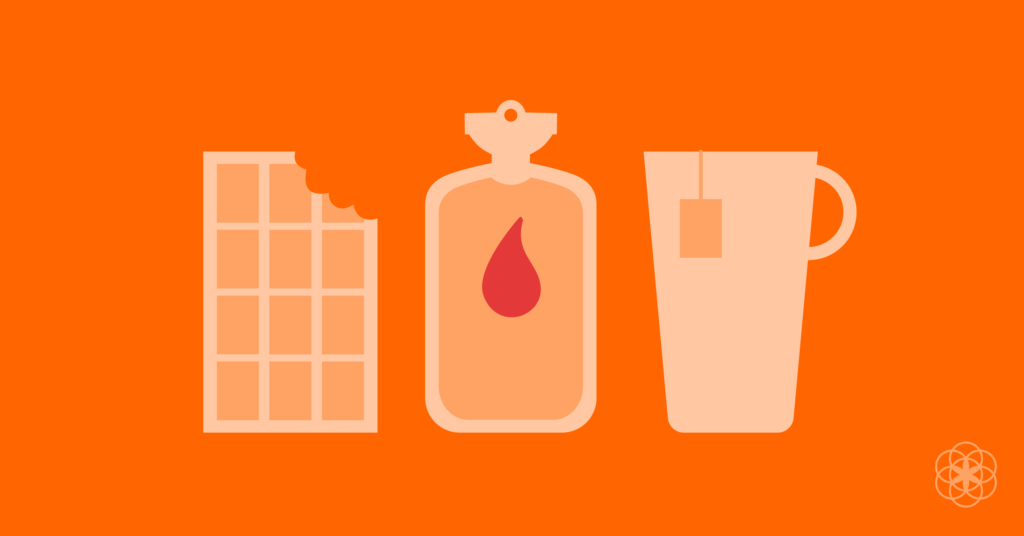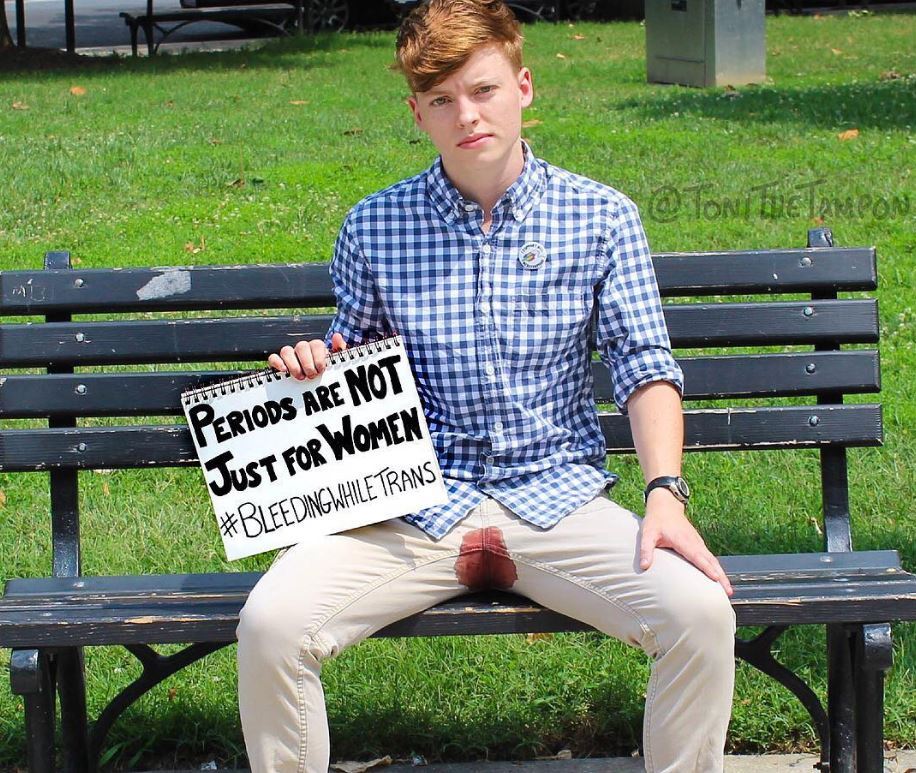Menstrual Hygiene 101: Beyond the 0s and 1s
By – Bhavya Pandey
Not all women menstruate and not all those who menstruate are women. “That time of the month” is not the same for all, and with period and menstrual hygiene products targeted towards cisgender women, there is a large demographic of transgender and gender-nonconforming menstruators that are being left out from the conversation.
Right from the gender equality debate being confined to the cisgenders, to the association of bodily functions with conventional genders – the discussions around many aspects of sexual health and reproductive rights are confined to the binary – the zeroes and the ones.
It is high time we take cognizance of the issues beyond those concerning the cisgenders and look at menstrual hygiene (or lack thereof), through a lens that is non-binary and inclusive.

Menstrual Myths
Not every female gets her period, not every individual who gets a period recognises themselves as ‘woman’. The gender binary, that has been so firmly implanted into our systems, is a social construct that many are uprooting now-a-days. Transgender men may still get their periods while transgender women might not. A cisman also has a hormonal cycle. We need to establish that menstruation – and if not the menstrual cycle in particular, but the hormonal changes associated with it, at least – is a human-centric issue.
‘Where would you fit trans men in this dominant narrative of menstruation? If menstruation defines womanhood, are trans women any less ‘women’ than the rest of us – who identify as ciswomen? And what about an agender person, who does not identify as having any gender?’ – these important questions make one realise that when we confine the discussions around menstruation and the hygiene problems associated with women’s bodies, we fail to represent and consider the reproductive and sexual health rights of those who have such bodies but may no longer associate themselves with it.
Already plagued with the scorns and taunts of being a taboo, the narrative of menstrual hygiene is still trying to speak out in public discussion and media representation, in India. And while many have started to speak up about the many concerns around menstrual hygiene, including but not limited to sustainable menstruation, accessible products, and period-friendly toilets, not much has been said about the experiences and needs for non-binary menstruators. The little that has been said, is marked with the gender dysphoria being faced by these individuals – living and sustaining through years of dire menstruation experiences.

Candid Conversations
Cass Clemer, UK-based trans and non-binary artist and activist who were assigned the female gender at birth shared an image of their period on social media to talk about why periods aren’t just a women’s issue. “Getting your period while not identifying as a woman can feel like a monthly battle both with your own body and with a world that continuously tells you that your identity isn’t real,” Cass said.
Further, we need to establish that womanhood is not synonymous to an individual’s menstruation cycle. “Womanhood isn’t defined by menstruation. Womanhood is defined by the people who identify as female; it is their experiences that give it meaning. It has no rigid boundary. Menstruation is just a bodily cycle that people with uteruses go through,” says a 16-year-old student from Bengaluru who identifies as non-binary.
Misrepresentation and lack of representation about the many aspects of gender fluidity or gender concepts other than the binary, are also determinants to the non-inclusive conversations around menstrual hygiene management. Discrimination and alienation are still very prevalent, especially through towards the trans community and a huge reason behind this lies in the poor accounts of this demographic that most people are exposed to.
Moreover, another fundamental roadblock towards realising the ideal of honest, open, and diversified representation of menstrual health is the inadequacy of the education that we impart to our children – whether on an institutional level, or on a personal level. Despite the fact that the importance of sexual education and the need to make young people understand pivotal ideas of consent, mutual respect and sexual and reproductive rights have been discerned, the mention of alternate gender identities is completely ignored. The fact that menstruation is discussed in a hush-hush manner, often times excluding boys and even dismissing the entire existence of alternate genders or sexual orientations is a notion that exposes students to extreme vulnerability – those exploring their identities feel out of place, and end up becoming more susceptible to mockery and bullying from peers.

Catalysing Change
There are no official demographics for the LGBTQ+ population in India, aside from the population census of transgenders under the name of ‘third gender’ in the 2011 Census, but the government of India submitted figures to the Supreme Court in 2012, according to which, there were about 2.5 million gay people residing in India; let alone any figures of menstruating non-binary genders. These figures are only based on those individuals who have self-declared to the Ministry of Health. This very fact, that there is barely any data-backed institutional representation of non-binary genders in the policy-making framework of our country, speaks volumes about the long way we have to go – towards ensuring inclusivity in menstrual hygiene management.
Furthermore, many trans-people have expressed their dilemmas when having to choose between using public restrooms while menstruating. There is a need for gender-neutral restrooms – especially as an extension to the persisting Indian deliberations for the need for functioning restrooms to exist in the first place – both in rural as well as urban spaces. These will not only reduce the distress that trans people face while menstruating and make menstrual hygiene more accessible to them, but also reduce the stigmas they might have to face while using conventional restrooms, especially those in public.
Evidently, a crucial question arises – how do we make discussions about menstruation more inclusive? And, the first step can be making language more gender-neutral, for example, instead of saying menstruating ‘women’, we can always say menstruating ‘people’, ensure that we are addressing individuals with the pronouns they associate with, and are respectful and mindful of our privilege in conversations that bring together people who differ from us.
Lastly, there is so much room for open dialogue and so much more room to make this world a better place, for all. It’s the time for active participation, advocacy and striking up real and demanding conversations – in communities, in policy-making, on social media, in educational institutions, and in workspaces. It’s time we respect the different ways of being human and usher in the slow, albeit sure change – for the better.
Author

